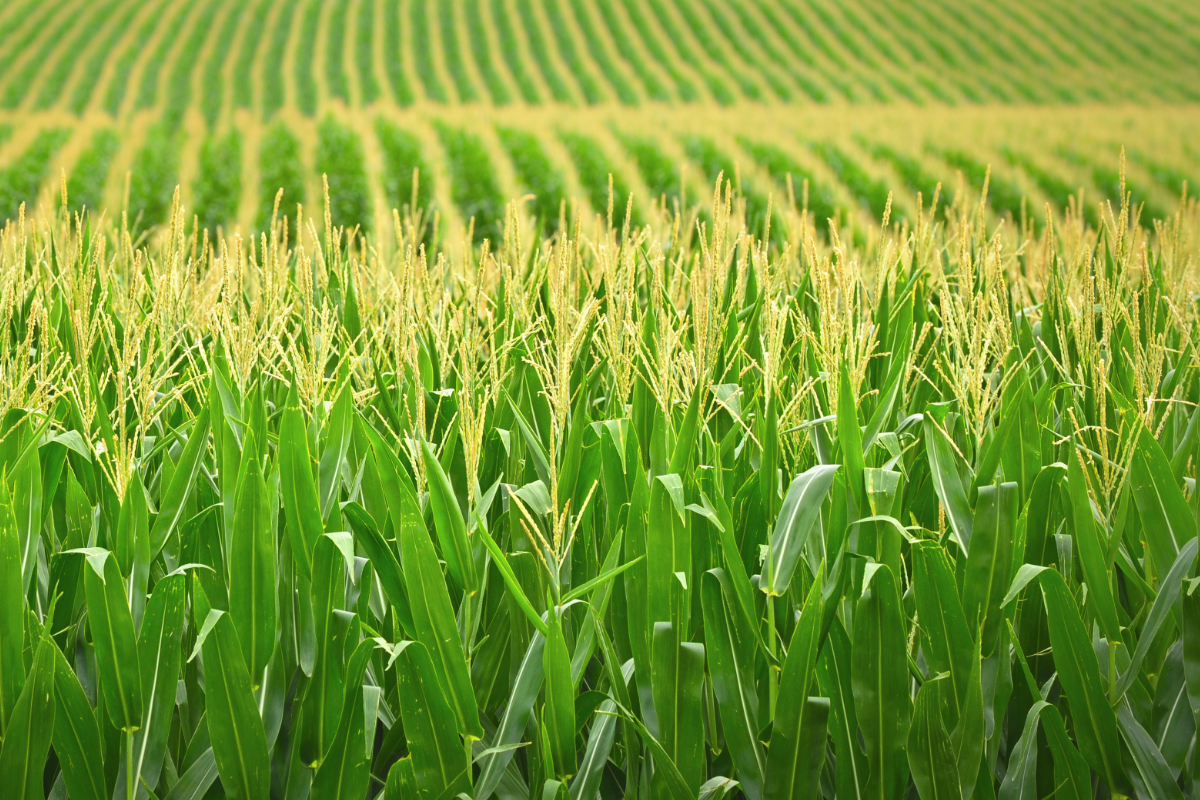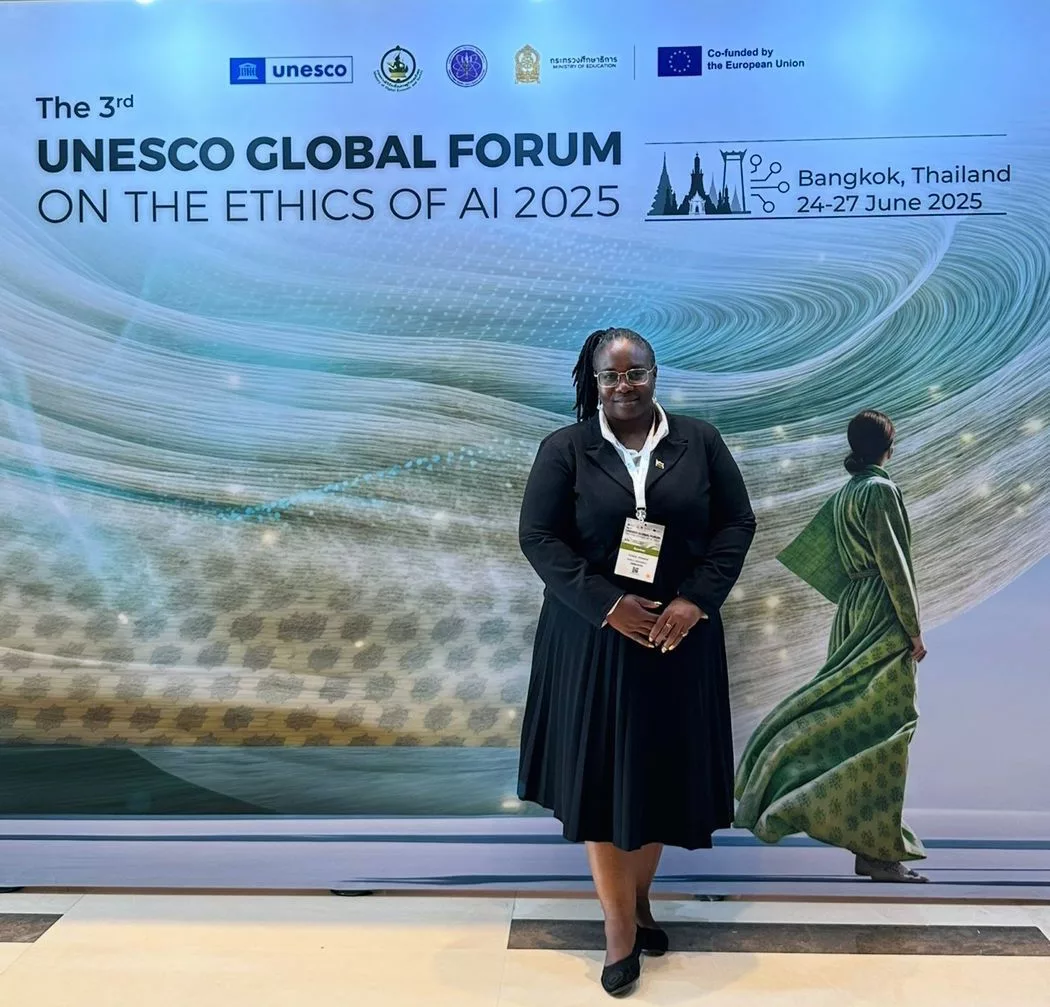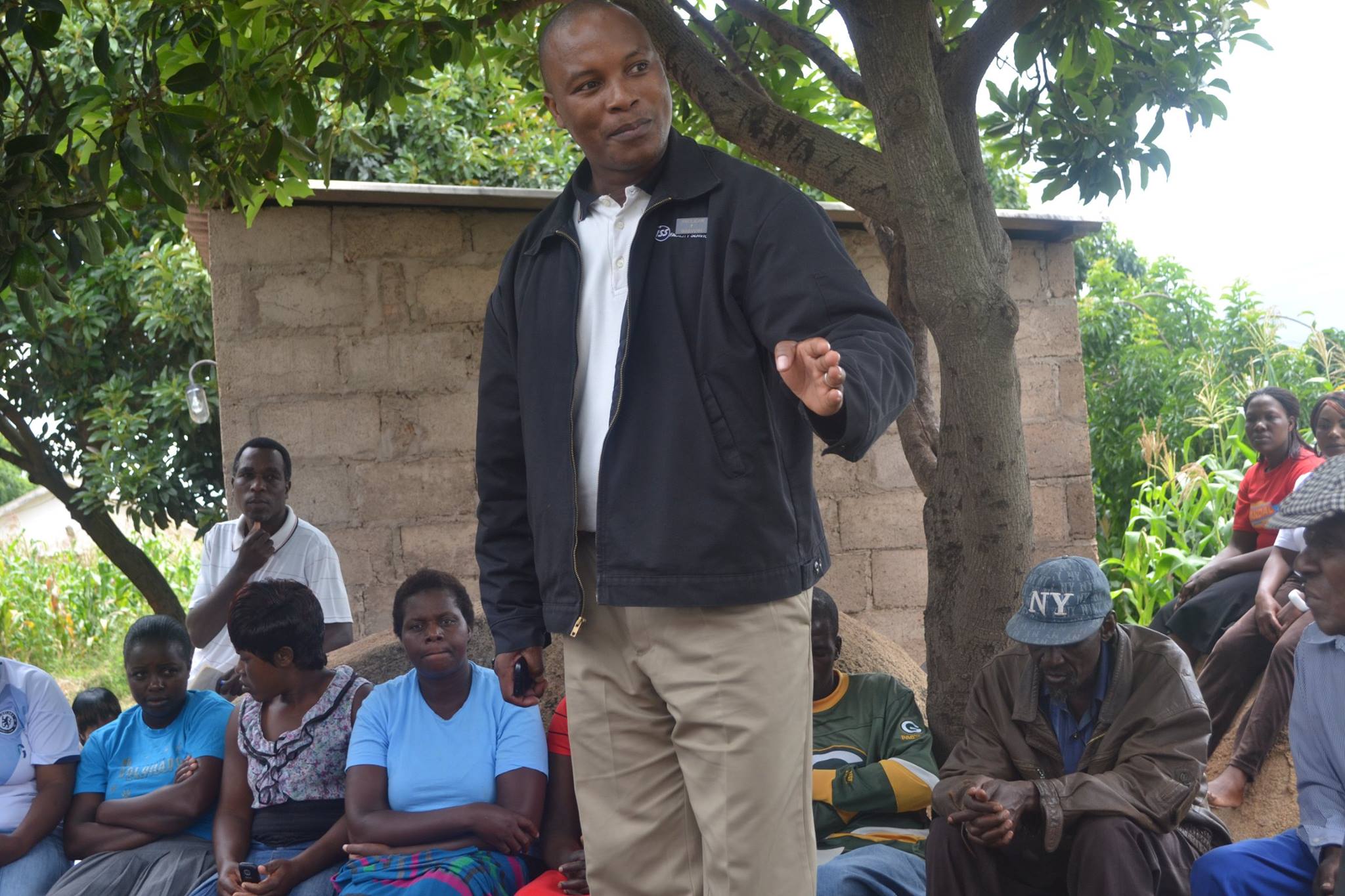|
Getting your Trinity Audio player ready...
|
Over the past 30 years, extreme events such as wildfires, droughts, floods, and heat waves have multiplied due to the warming climate.
According to climate models and research conducted by the IPCC, NASA, and other scientific institutions, their frequency, intensity, and duration are expected to grow in the future. Apart from the dramatic toll on human lives, this is also expected to endanger the very foundation of human subsistence: our food supply.
The trouble is not only with extreme (yet passing) weather events but also with something as irreversible as sea-level rise. According to a recent report by the Food and Agriculture Organisation (FAO), ‘nearly 1.4 billion hectares of land (just over ten percent of the global land area) are already impacted by salinity’, which disrupts crops and their yields. Inadequate agricultural practices play a role, yet current melting rates in Greenland and Antarctica project a sinister future for food production on so much of the planet’s coastal land.
Now, if we’re to believe the popular catchphrase ‘Our civilisation is three meals away from anarchy’, (so popular that it has been attributed to a dozen different authors), something must be done — and fast.
Plenty of already available solutions could help noticeably, such as investing in drought-tolerant, flood-resistant, and heat-resilient crop varieties; shifting towards more resilient crops such as millet, sorghum, and quinoa; adopting ‘vertical farming’, or multi-layered indoor cultivation, to save space and water; redirecting agricultural subsidies towards regenerative farming and climate adaptation; or expanding projects in lab-grown meat, plant-based proteins, or seaweed farming. Governments could also promote smarter consumer behaviours, at least to reduce food squandering at the household level.
It may still not be enough. ‘The climate crisis, biodiversity loss, and rising food insecurity,’ argued FAO director-general Qu Dongyu during a keynote address last November, ‘demand solutions that push the boundaries of science and innovation.’
Agriculture has always been a playground for innovation. Let’s take maize, the most consumed cereal in the world. It’s certainly not a spontaneous plant: it has been domesticated through millennia of continuous genetic adjustments. Indeed, it’s almost unbelievable that it descends from teosinte, a wild Mexican shrub that produces a tiny edible inflorescence that vaguely resembles a maize cob.
Early farmers chose plants with specific desirable traits and used their seeds for future plantings, gradually leading to the accumulation of those traits over time. They were unknowingly playing with genes.
Then came the global crop exchange of the Columbian era; the agricultural innovations spurred by the Industrial Revolution; the ‘Green Revolution’ of the 1970s, when scientists developed high-yielding varieties of wheat, rice, and maize; and the recombinant DNA technology, of the ’80s, which made genetically modified organisms (GMOs) possible.
This is a sensitive and controversial topic with a sea of differences between a very cautious Europe and a somewhat freewheeling USA. However, as per the Chinese FAO director-general, we can’t help but move genetic technologies forward.
‘Gene-editing technology accelerates the breeding process significantly,’ Qu Dongyu said. ‘It improves resistance to pests, diseases and environmental stresses, including tolerance to high temperatures, droughts, floods and salinity.’ Gene editing, he added, ‘by preserving and enhancing the unique traits of local and indigenous foods… becomes a bridge between the past and the future.’
GMOs are made by inserting into the genome of a species one or more genes from an unrelated species. New editing technologies, such as CRISPR, only alter DNA by activating or silencing certain genes, making small changes to enhance or modify traits. While concerns remain about unintended ecological consequences, gene-edited crops are often perceived as less controversial than GMOs.
Think of SolarLeaf, an edible plant engineered to maximise photosynthesis efficiency, converting sunlight into energy at triple the rate of existing crops. Or consider a cereal crop designed to grow in saline water, AquaGrain, ideal for areas affected by seawater intrusion. ArcticRoot, a nutrient-dense alternative to potatoes, rich in omega-3 fatty acids and resistant to freezing temperatures, could also be very helpful.
All right, all right. I made up these fictional crops and their brand names. Yet, in principle, would you embrace or reject them? I’m afraid that in the future, neither close nor too distant, some comparable feats will not only be feasible but necessary.
Source: Geographical






